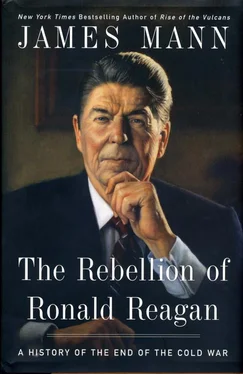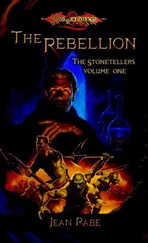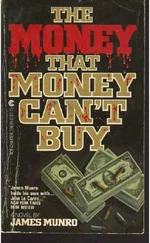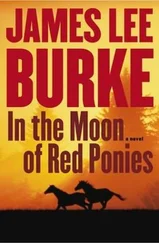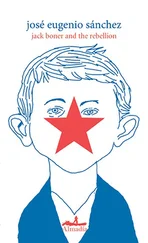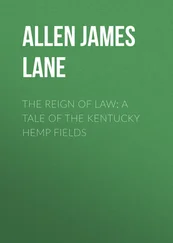Scowcroft also had a mistrustful view of Gorbachev’s address to the United Nations. “It was rhetoric,” he said. “Our mantra was that we need facts on the ground. The time for speechifying was over.” Scowcroft asked the CIA to watch closely and see whether the Soviet Union was really changing its policies and troop deployments. 19
What followed, in Bush’s early months in office, was essentially a freeze on diplomacy with Gorbachev. The new administration was not interested in high-level meetings or in negotiations left over from the Reagan administration on issues such as arms control. This early Bush period later became known as the pause, but that word reflects a historical perspective that no one had at the time. In fact, Gorbachev and other Soviet leaders were increasingly distressed that the relationship they had forged with the Reagan administration was being abandoned. “Weeks and months passed,” observed Gorbachev. “What were they waiting for? Some of the signals we were receiving were quite alarming.” Gorbachev’s foreign-policy adviser, Anatoly Chernyaev, recalled that Gorbachev grew angry in early 1989 as he complained that Bush “wasn’t drawing the proper conclusions from his U.N. speech and even has in mind a Western effort to undermine the Soviet Union’s international initiatives.” 20
Ridgway, the Shultz aide who stayed on as assistant secretary of state for the first few months of the Bush administration, argued many years later that the freeze on diplomacy with Gorbachev was risky and could have had lasting, harmful effects. “I mean to tell you, they [the Bush team] damn near lost it,” said Ridgway. “Their view on stopping everything and looking again—maybe it was prudent, but the fact of the matter is the process had a rhythm to it, and had been moving right along. I give Reagan a fair amount of credit for rolling things down the hill towards the point where it was almost unstoppable.” 21
That was not how the members of the new Bush administration saw it. They felt Reagan and Shultz were overly enamored of Gorbachev. They believed that his position as Soviet leader was shaky and that he could be replaced at any time with someone in the mold of Brezhnev or even Stalin. They also believed that Reagan and Shultz had been pursuing the wrong priorities. “Our notion was that the Cold War was not about ballistic missiles but basically about Eastern Europe,” explained Scowcroft in an interview. “So we turned away from arms control and focused on getting Soviet troops out of Eastern Europe.” 22
The new Bush team decided not to pursue Henry Kissinger’s offer to work out an understanding with Gorbachev on the future of Eastern Europe. Although Scowcroft was interested, Bush was leery. Meanwhile, Baker, the new secretary of state, was especially unenthusiastic not merely about the substance of the idea but also about handing a central role in American diplomacy back to Kissinger. Instead, the new administration conducted a series of reviews of Soviet policy, with one of the main studies concentrating on Eastern Europe. This review was led by a young Soviet specialist from Stanford University whom Scowcroft had brought to the staff of the National Security Council, Condoleezza Rice.
In the early spring of 1989, Rice produced a memo arguing that American policy should move beyond the Cold War strategy of containment, crafted by George Kennan four decades earlier to stop Soviet expansion in Europe. Instead, Rice argued, the new strategy should be to try to integrate the Soviet Union into the institutions of the West. It was difficult to understand how this new Bush approach differed much from the ideas that had been pursued first by Shultz in his talk with Gorbachev in 1987 and then by Reagan in his speech at Moscow State University the following year. However, Bush liked the phrase “beyond containment” so much that it served as the basis for his first speech on Soviet policy. 23
By the spring, Bush and his advisers had decided to concentrate on talking to the Western allies first, before dealing directly with Gorbachev. In late May, Bush made his first trip to Europe, and while there he delivered a speech in West Germany outlining his ideas for an integrated Europe. The goal, said Bush, was a Europe “whole and free.” 24
Bush’s speech that day was noteworthy for what it also included: an exhortation to tear down the Berlin Wall. Among his foreign-policy advisers, there had been reluctance to do this. Scowcroft in particular had urged Bush not to revive Reagan’s rhetoric about the wall. 25
Scowcroft lost the debate. Bush, speaking in Mainz, West Germany, reminded his audience of the division of Europe, and then drew specific attention to Berlin. “Nowhere is the division between East and West seen more clearly than in Berlin,” Bush declared. “There, a brutal wall cuts neighbor from neighbor and brother from brother,” the new president said. “That wall stands as a monument to the failure of communism. It must come down!”
Bush’s next words were unmistakably directed not to Erich Honecker but to Gorbachev, to the leader of the Soviet Union. “ Glasnost may be a Russian word,” he said, “but ‘openness’ is a Western concept…. Bring glasnost to East Berlin!” The Reagan legacy had proved not so easy to discard.
In the spring of 1989, life inside East Germany showed every outward sign of proceeding as usual. On May 7, 1989, the people of East Germany “voted” in local elections. Erich Honecker and his aides proclaimed the standard triumph. According to the official figures, Communist Party candidates won 98.85 percent of the votes. Those candidates ran without opposition. East Germany’s election laws did not permit a no vote; the only way to avoid voting for the approved candidates was to cross out all their names. Almost all of the 12.4 million registered voters in the country were said to have participated. 1
Three months earlier, on the night of February 5-6, Chris Gueffroy, a twenty-year-old waiter in East Berlin, attempted to flee with a friend to West Berlin by crossing a canal and dashing across a section of the Berlin Wall. Gueffroy guessed that since Cold War tensions were easing, the shoot-to-kill order issued to East German border guards would no longer be enforced. He was wrong. The border guards shot him ten times, and he died immediately. The friend was also shot, but survived; he was arrested and jailed.
The East German authorities, however, could not so easily control events in the neighboring countries of Eastern Europe. Throughout the spring and summer of 1989, spurred on by Gorbachev’s encouragement of “freedom of choice” for the Soviet Union’s allies, Hungary and Poland embarked upon political and social changes so far-reaching that they called into question the fundamental arrangements that had prevailed in Europe since the beginning of the Cold War.
In May, Hungary took the first step by opening up its border with Austria, removing the fences and barbed wire that blocked free exit from its territory. “Hungarian glasnost has many faces, and one of them is the world passport which moved Hungary closer to Western Europe,” explained Andras Koevari, Hungary’s interior minister. Hungarian officials said the new travel freedom would legally apply only to Hungarians, not to residents of other Eastern European countries. However, each year more than a million East Germans were allowed to spend their vacations in Hungary, more than in any other country. In the summer of 1989, many of these East Germans made one-way trips across Czechoslovakia to Hungary and crossed, without permission, through the woods or open fields into Austria. Some made it. Others stayed on in Hungary or in Czechoslovakia, hoping to find some other way to make the final step—in some cases squatting in West Germany’s embassies in Budapest or Prague.
Читать дальше
